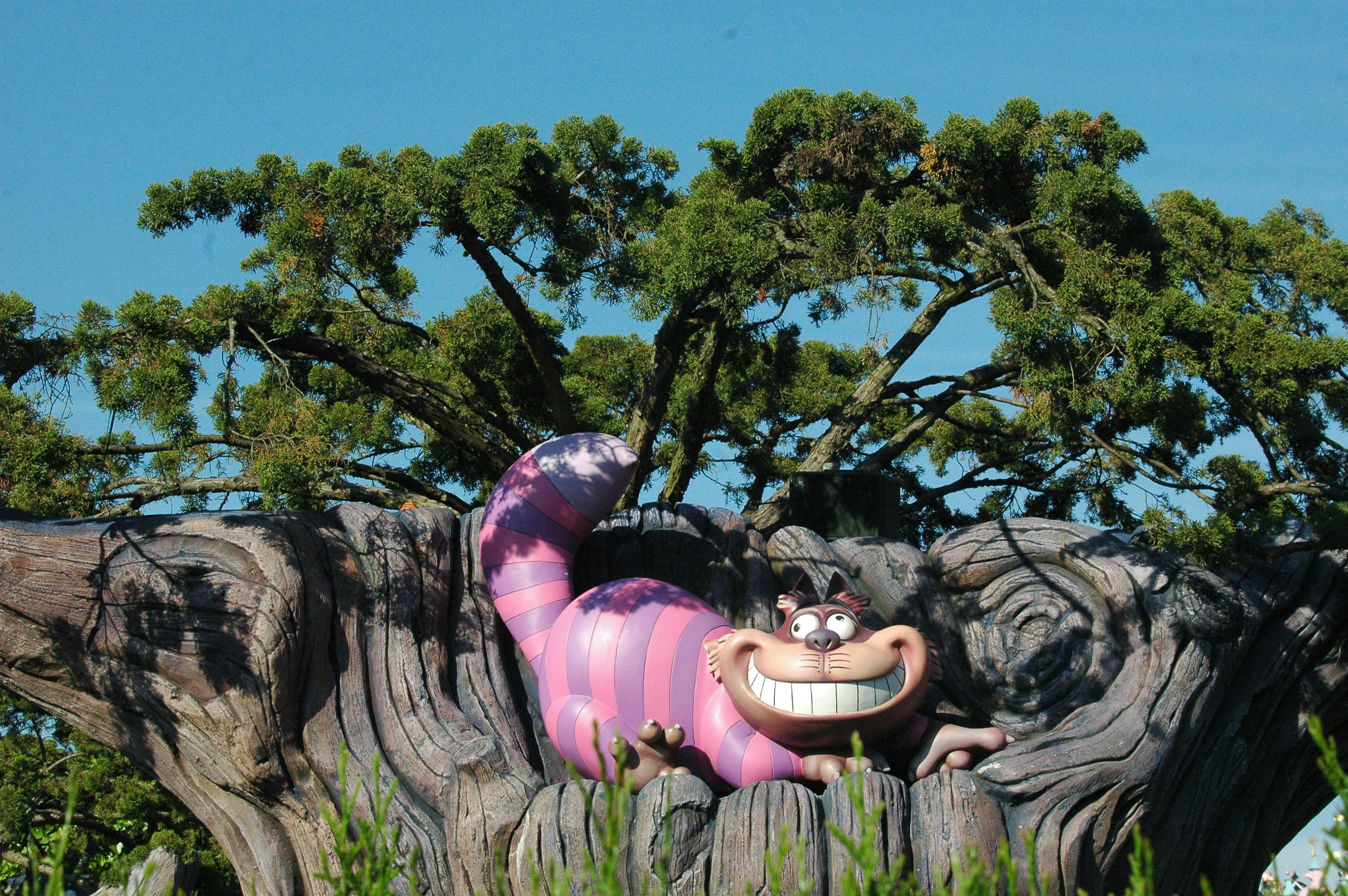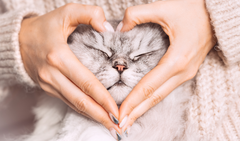The Cheshire Cat is one of Disney's most versatile characters, appearing across multiple media formats in striking forms. In video games, particularly the Kingdom Hearts Union and Kingdom Hearts Re series, the character is one of the memorable playable characters, often manifesting in gigantic size during key story moments. His connection to Wonderland's mythology extends beyond the familiar croquet game scenes, as he represents an influential family whose family arms hint at deeper ties to the realm's history. In Disney parks worldwide, the character's presence is particularly notable in audio-animatronic form, where guests encounter his mischievous grin in standard and giant form presentations. This gigantic size manifestation has become iconic in various attractions, where the floating head appears as a massive audio-animatronic figure, creating unforgettable moments for park visitors.
Origins of the Cheshire Cat
The origins of the Cheshire Cat predate its appearance in Carroll's work, and its name is steeped in speculation. One theory ties it to carvings of grinning felines found in Cheshire, England, particularly on church buildings, reflecting local folklore. Another theory suggests the phrase "grinning like a Cheshire cat" arose from Cheshire's reputation for producing fine cheese traditionally shaped like a smiling cat.
Carroll, a native of Daresbury, Cheshire, likely drew inspiration from the local culture and his surroundings. His creation of the Cheshire Cat was a nod to his roots and an imaginative reinterpretation of regional identity. The Cat's surreal qualities, such as its ability to vanish and cryptic but wise dialogue, marked a shift from traditional storytelling to the nonsensical and imaginative style that defines Alice's Adventures in Wonderland.
Literary Significance of the Cheshire Cat
In Alice's Adventures in Wonderland, the Cheshire Cat serves as a guide of sorts for Alice as she navigates the curious and often bewildering world of Wonderland. Its grin is a visual manifestation of the absurdity Alice encounters, while its clever, riddling conversations reflect her internal struggle to make sense of the nonsensical. The Cheshire Cat famously tells Alice, "We're all mad here," a line that has become emblematic of the story's deeper themes of identity and perception.
Literary interpretations of the Cat suggest it symbolizes chaos, wisdom, or moral ambiguity. Unlike other characters in Wonderland, who are defined by their actions or personalities, the Cheshire Cat is determined by its ability to exist—or not exist—on its terms. This transcendence resonates with readers, enabling the character to remain relevant across generations of literary discourse.

Scientific Metaphors Inspired by the Cheshire Cat
The Cheshire Cat's ability to disappear and leave only its grin has captured the imagination of scientists and philosophers alike. Two phenomena—the "Cheshire Cat effect" in vision science and the "quantum Cheshire Cat" in physics—are directly named after the character.
The Cheshire Cat effect refers to a perceptual phenomenon in which the position and attributes of an object appear dissociated. This visual occurrence is likened to the Cat's vanishing act, leaving behind parts of its body (or grin). Similarly, the quantum Cheshire Cat describes a situation in quantum mechanics where a particle's properties, such as its spin, appear to separate from the particle itself, reflecting the paradoxical nature of the character.
Using the Cheshire Cat as a metaphor in scientific discussion underscores the character's deeper resonance. Its whimsical nature serves as a bridge between abstract scientific theories and the non-scientific imagination, symbolizing the surreal qualities of both.
The Symbolism of the Cheshire Cat
While the Cheshire Cat's grin is playful on the surface, it is laden with more profound symbolism. The grin reflects duality—a permanent contradiction between presence and absence, reality and illusion. Interacting with Alice in riddles and puzzles also mirrors her journey of self-discovery and attempts to apply logic in an illogical environment.
In broader cultural terms, the Cat is emblematic of freedom from constraints. Its independence from Wonderland's rules—evidenced by its ability to appear and disappear at will—positions it as a symbol of liberty and defiance, traits celebrated in contemporary interpretations. Its enduring appeal lies in its ambiguity, which allows for an infinite number of reinterpretations.
Recent Developments and Appearances (2024+)
Despite the rich historical legacy, newer Disney parks and media continue to leverage the Cheshire Cat's uncanny appeal. Recent upgrades in theme parks often feature state-of-the-art audio-animatronics, with the Cat's gigantic size and disembodied head forms providing guests with immersive, magical experiences. In particular, parks debuting in Asia and expansions at Disneyland Paris have showcased enhanced floating heads and interactive animatronic meet-and-greets, blurring the line between physical props and digital magic.
Advancing Animatronics—Technical Insights
The construction and operation of the audio-animatronic Cheshire Cat in its giant and floating head forms are technical marvels. Designers use advanced robotics, silicon skin, and synchronized projection mapping to replicate the Cat's notorious grin and phased vanishing effects. By integrating voice modulation technology, some animatronic heads can respond to area sounds or individual guests, mirroring the Cat's mischievous personality with sly, context-aware remarks. These technical feats underscore Disney Imagineering's commitment to innovation, keeping the character's on-site presence fresh and compelling for new generations.
The Cat in Contemporary CGI and Streaming
The gigantic size and disembodied head motifs—essential to the Cat's legacy—find new expression in modern CGI in special park presentations and recent animated films featured on Disney+. In post-2020 productions, visual effects teams use real-time rendering software to deliver seamless, floating Cheshire heads and dynamic disappearances, especially for live park streams and interactive displays. This continual technological evolution ensures the Cheshire Cat remains nostalgic and a paradigm of character reimagination.
Iconic Phrases and Cultural Reference Points
Integrating the agreed-upon key phrases:
- In the Kingdom Hearts Union and Re series, the Cheshire Cat appears as both a playable character and an encounter boss, often rendered in gigantic or disembodied head form. Players interact directly with the Cat, reinforcing its mysterious and unpredictable nature.
- Across Disney's international parks, visitors frequently encounter the Cat as an audio-animatronic or projected figure, sometimes as a giant floating head interacting with crowds, emphasizing its fame as both a family arms symbol and an influential family emblem in Alice-themed environments.
Adaptation in Other Media and Video Games
Outside of Disney, numerous games and digital media—from VR experiences to mobile apps—include the Cheshire Cat as a playable character or NPC, adopting the exaggerated gigantic size or giant head variants made famous by theme parks. These appearances reinforce the Cat's role as a bridge between classic literature and modern digital entertainment.

Cultural Impact Across Media
The Cheshire Cat's appeal has extended far beyond the pages of Carroll's novel. It became prominently featured in Disney's 1951 animated adaptation, where its pink-and-purple striped coat and playful demeanor captured viewers' imaginations worldwide. Voiced by Sterling Holloway, the Disney version solidified the Cheshire Cat as a cultural icon.
The Cat has appeared in diverse adaptations, from Tim Burton's 2010 live-action Alice in Wonderland, which featured a darker rendition voiced by Stephen Fry, to video games like American McGee's Alice, where its mysterious grin takes on a sinister tone. In each iteration, the Cheshire Cat remains a mischievous force, blurring the lines between ally and antagonist while adapting to the aesthetics and themes of the medium.
The Cheshire Cat is one of the most whimsical and enigmatic Disney characters, seamlessly weaving through different stories and media. While originating from Lewis Carroll's Alice's Adventures in Wonderland, the Disney version of the Cheshire Cat has often crossed paths—directly or symbolically—with various other Disney characters in television, video games, theme parks, and promotional art.
Beyond films and games, its influence extends to fashion, merchandise, and music. Bands like Blink-182 have invoked the motif of the grin, linking their music to its rebellious undertones. In modern digital culture, memes and emojis referencing the Cat signal cleverness and self-awareness, echoing its timeless grin.
Conclusion – The Lasting Impact and Evolution
Through audio-animatronic wonders, gigantic size installations, influential video game adaptations, and continued cultural resonance, the Cheshire Cat remains a fluid symbol at the intersection of fantasy, technology, and play. Whether presenting as a giant animatronic head, an enchanting disembodied grin, or a digitally-rendered playable character, the Cat sprawls across media and generations—a timeless icon of "impossible possibility."




















